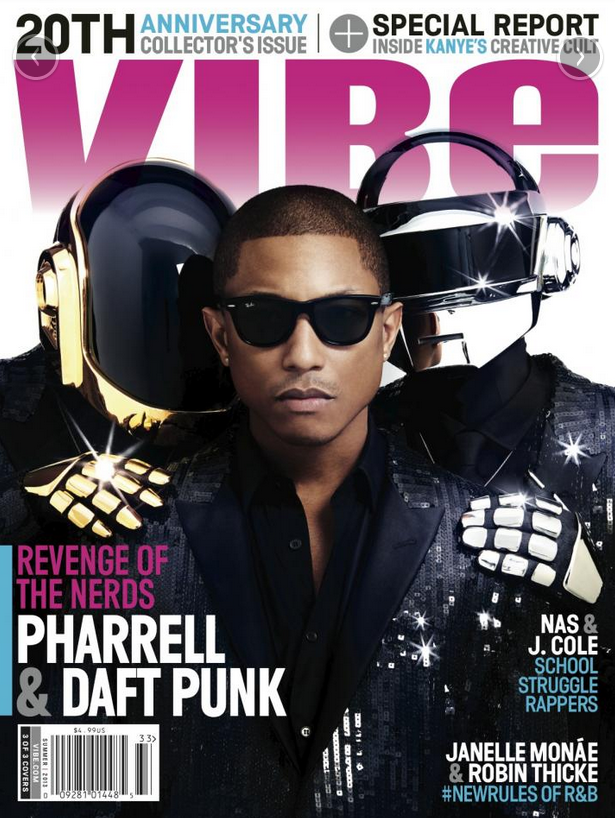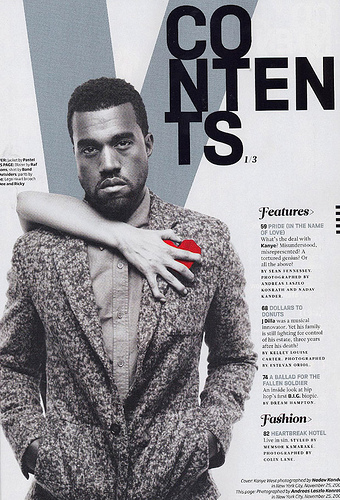The Front Cover
There are several things that you usually see on a front cover.
The Masthead:
The Masthead:
- This has a consistent look. In most cases, size and font stay the same, but the colour may vary (e.g. Mixmag, Vibe).
- The image may cover part of the masthead if the brand is particularly recognizable - this would be likely if the magazine has released many issues, therefore is particularly established.


- In cases where the colour stays the same, the masthead takes a similar form to a logo. This aids with the branding of the magazine but keeps the colour scheme fairly similar each week. This becomes the magazine's signature style and becomes recognizable to their audience.
- The cover star - Usually an image of the star in the feature article. Can be a band or artist. Relates to the genre and usually tells the reader a lot about the magazine's content. There are some exceptions to this rule (e.g. some NME covers).



- Sell lines - There are multiple sell lines placed around the main image, with one larger sell line which supports the cover star.
- Colour scheme - Tend to follow one of two rules: the same colour scheme is used each week (often related to the masthead) or the colour scheme changes from issue to issue. For example, Q follows a uniform colour scheme and Mixmag varies from cover to cover.
- Institutional information - barcode, price, date, issue number
- Plug - Promotes the magazine through the audience winning something. This, for example, could be to win a chance to meet a band or artist. If the reader is a fan, they are more likely to pick up the magazine so that they can enter the competition, because they want to meet them.
Contents Page
- Note from the editor (with editor's image) - Both are not seen in every magazine, but it is seen as a convention of them. The content of the editor's note can vary, but they usually comment on the important content.
- Images - There are usually multiple images on a contents page. This usually depends on how busy or minimalistic it was intended to look.




- Subscription details - Often brings the reader's attention to a subscription deal. This tries to get the reader to be a regular reader of the magazine. As most readers will at some point read the contents page, it is the placement that has the most chance of getting readers to subscribe.
- Contents details - All the content of the magazine is set out on this page. There will be a page number, article heading and usually a little description, in smaller print, below.
- Headings - This isn't entirely necessary, but usually there are several headings that split up the content so that the reader can find what they want to read more easily. "Features" is a common heading.
- Plugs - Can also be seen on a contents page
Double Page Spread
- Feature article - This is what the cover star was advertising. The main content of the magazine for that issue. This can be because the star is the most famous or because they are most in the public eye at the moment (e.g. releasing an album).
- Images - An article can span several double page spreads, and the first usually includes the least text. The first often contains a full bleed image, with following pages containing more smaller images.




No comments:
Post a Comment